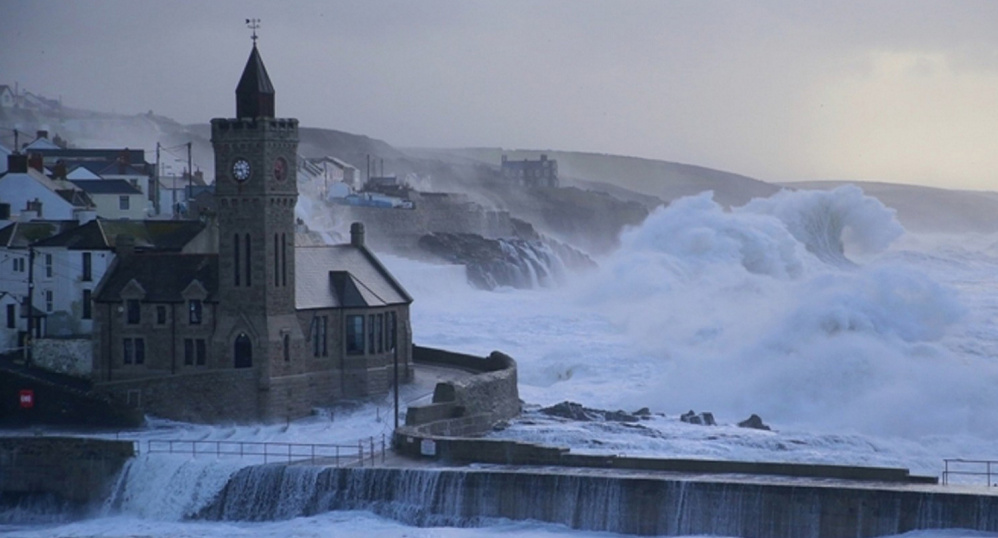Can you imagine coming face-to-face with a wave six stories tall?
In February 2013, a buoy in the North Atlantic measured a towering 62-foot wave between Iceland and the United Kingdom.
In an announcement Tuesday, the World Meteorological Organization concluded it was “the highest significant wave height” ever recorded by a buoy, surpassing the previous highest wave, measured at 59.96 feet in December 2007, also in the North Atlantic.
The giant wave formed in the wake of a powerful cold front charging across the Atlantic. Winds gusted to 50 mph.
“This is the first time we have ever measured a wave of 19 meters. It is a remarkable record,” said Wenjian Zhang, assistant secretary general of the WMO.
Wave height is defined as the distance between crest (or top) of one wave and the trough (or bottom) of the next.
The WMO explained the world’s biggest waves typically occur in the North Atlantic in winter as storms explosively intensify. “The area from the Grand Banks underwater plateaus off the Canadian coast around Newfoundland to south of Iceland and to the west coast of the UK, including the Rockall Trough, are prime candidates for wave records,” it said.
USA Today reported that larger waves have probably occurred than this 62-foot behemoth, but they have not been measured.
It’s also worth noting that this new record for “significant wave height” reflects the average height in a series of large waves.
Individual “rogue” waves, which are difficult to accurately measure, can be much higher. For example, during the October 1991 “Perfect Storm” off the East Coast of North America, a buoy 264 miles south-southeast of Halifax, Canada reported a peak wave height of 100 feet, according to Environment Canada.
Send questions/comments to the editors.



Success. Please wait for the page to reload. If the page does not reload within 5 seconds, please refresh the page.
Enter your email and password to access comments.
Hi, to comment on stories you must . This profile is in addition to your subscription and website login.
Already have a commenting profile? .
Invalid username/password.
Please check your email to confirm and complete your registration.
Only subscribers are eligible to post comments. Please subscribe or login first for digital access. Here’s why.
Use the form below to reset your password. When you've submitted your account email, we will send an email with a reset code.